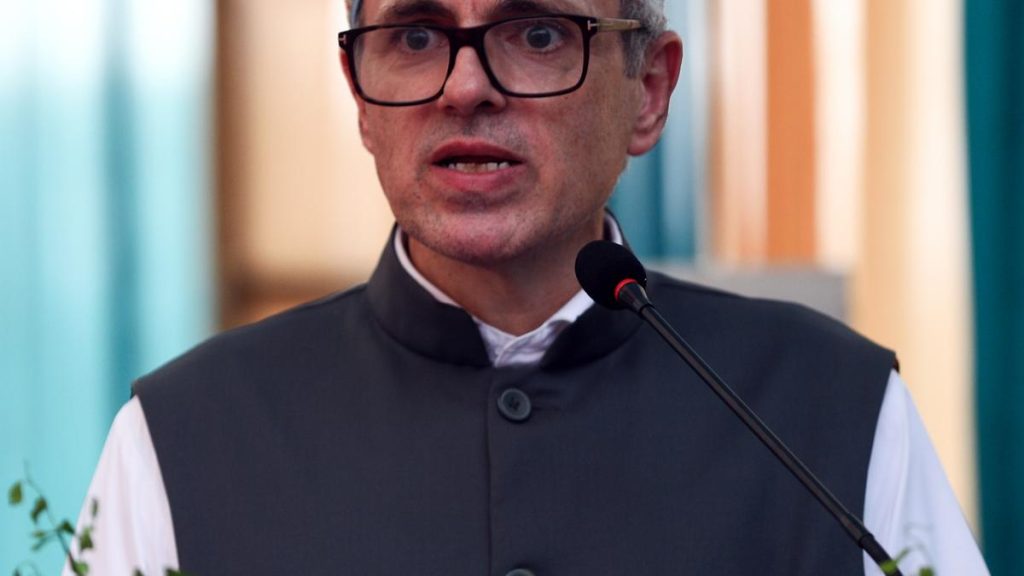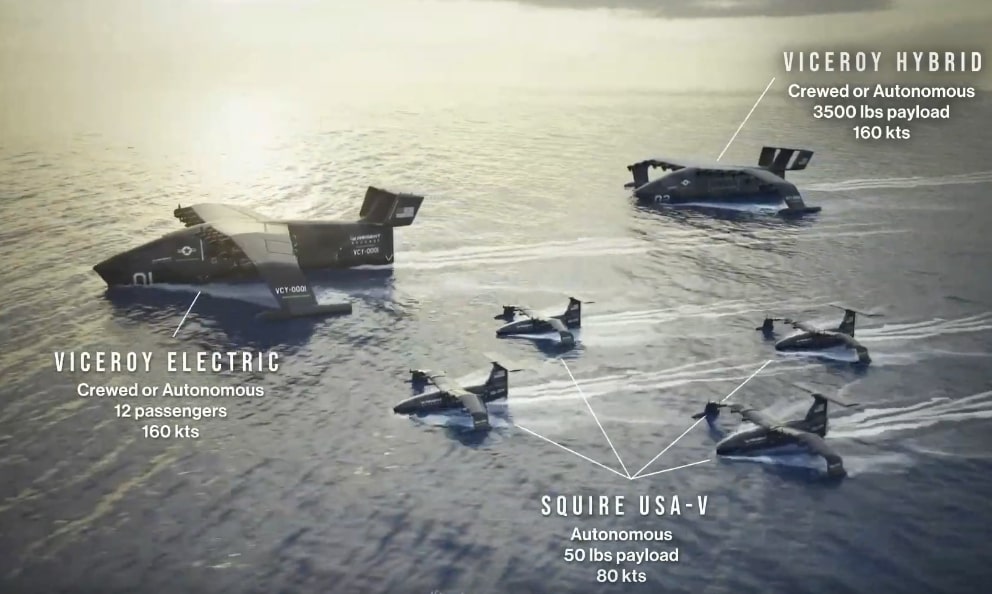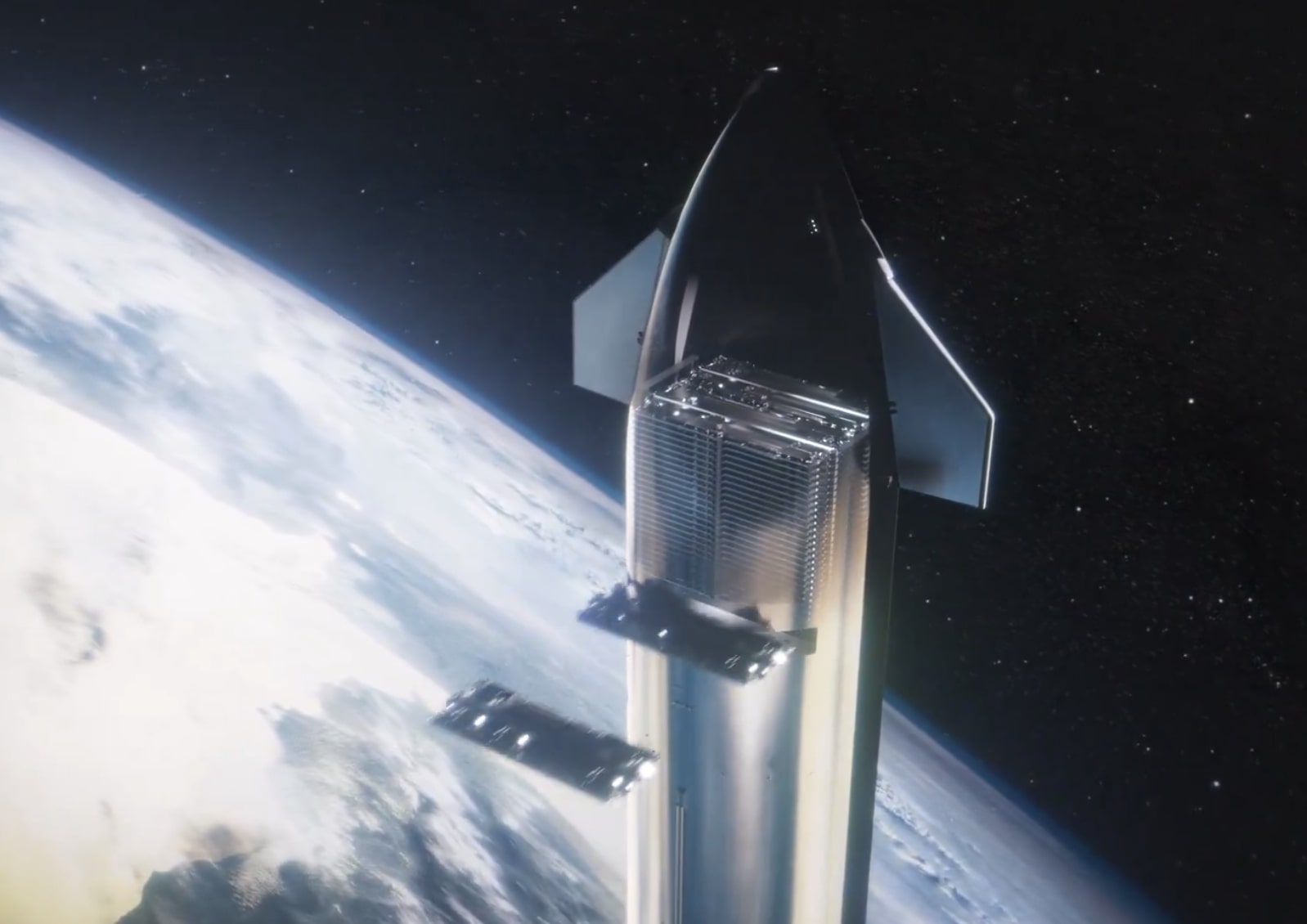Now Reading: India Targets 100-Seater Seaplane for Hawaii Routes by 2030
-
01
India Targets 100-Seater Seaplane for Hawaii Routes by 2030
India Targets 100-Seater Seaplane for Hawaii Routes by 2030

Quick Summary
- Regent Craft will deliver its Monarch seaglider, a 50-100 passenger all-electric hydrofoiling wing-in-ground (WIG) craft, to United Marine Egypt (UME) Shipping by the end of the decade.
- key Specifications:
– Monarch: Travels up to 650km at 225km/h with a payload capacity of up to 10,000kg.
– Viceroy: Travels up to 300km at 300km/h with a smaller capacity of 12 passengers or a payload of 1,600kg.
- A hybrid version of the Monarch could extend range to about 2000 miles.
- WIG technology offers increased efficiency via ground effect:
– Induced drag reduced by 40-50%, enhancing lift-to-drag ratios compared to conventional aircraft.
– Larger vehicles benefit further from these efficiencies due to the square-cube law (payload scales faster than drag).
– Energy consumption is 30-50% lower than ferries or planes for coastal routes and speeds are 5-10 times faster than cargo ships.
- Challenges in past WIG designs related to stability have been addressed using advanced digital control systems developed by Regent craft.
– These systems negate issues faced with earlier models like Soviet-era ekranoplans that required heavy or inefficient structural compensations.
– This also streamlines operational weight and complexity.
- Broader Expansion Plans:
– Aligns with Regent’s efforts for regional transportation such as Hawaiian Airlines’ island-hopping services using similar technology-based vehicles.
Read More: NextBigFuture
Indian Opinion Analysis
The introduction of advanced wing-in-ground effect seagliders like Regent’s Monarch has potential implications for India’s coastal transport ecosystem and sustainability efforts. India’s vast coastline, spanning over 7,500 km, coupled with dense maritime trade and communities relying on waterborne travel between islands and towns makes this innovation noteworthy.
From an economic perspective, the dramatically lower operational costs (30-50%) relative to ferries or aircraft make WIG crafts compelling for both public and freight operations along regions like Kerala’s backwaters or Andaman & Nicobar Islands. similarly, their speed-much faster than customary shipping vessels-offers advantages in cutting transit bottlenecks between short-distance points such as Goa-Mumbai or Chennai-Vizag corridors.
Given India’s ambitions on reducing carbon emissions under global climate commitments (e.g., COP26 pledges), adopting electric propulsion technologies aligns well with national environmental goals while modernizing critical infrastructure supporting coastal connectivity efficiently.
Though, integration challenges include adapting port infrastructure compatible with such crafts while navigating regulatory frameworks governing both airspace near shorelines and marine zones effectively without inviting cost overruns during implementation stages shared might offer self reliance scale adjunct benefits reshaping..
























